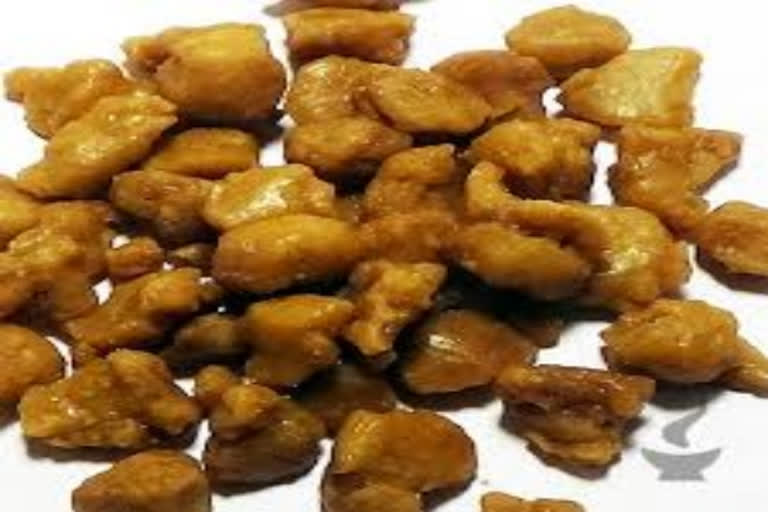New Delhi:The Institute of Himalayan Bioresource Technology (IHBT), Palampur, has, along with farmers of the remote Lahaul valley in Himachal Pradesh, taken up cultivation of asafoetida (heeng) to utilize the vast expanses of waste land with cold desert conditions of the region, a statement said on Monday.
"The first seedling of asafoetida was planted by Dr. Sanjay Kumar Director of CSIR-IHBT on 15th October, 2020 at a farmer's field in village Kwaring of Lahaul valley to mark the initiation of cultivation of asafoetida in India," said the CSIR statement.
The plant prefers cold and dry conditions for its growth and takes approximately five years for the production of oleo-gum resin in its roots, therefore cold desert areas of Indian Himalayan region are suitable for its cultivation of asafoetida, said the CSIR, under which the IHBT comes.
One of the top condiments in Indian cuisine, asafoetida is a high value spice crop in India. The country imports about 1,200 tonnes of raw asafoetida annually from Afghanistan, Iran and Uzbekistan, spending approximately $100 million.
Lack of planting material of ferula asafoetida plants in India was, however, a major bottleneck in cultivation of this crop.
CSIR-IHBT brought in seeds of asafoetida and made relentless efforts for introduction of this important crop in the country.
